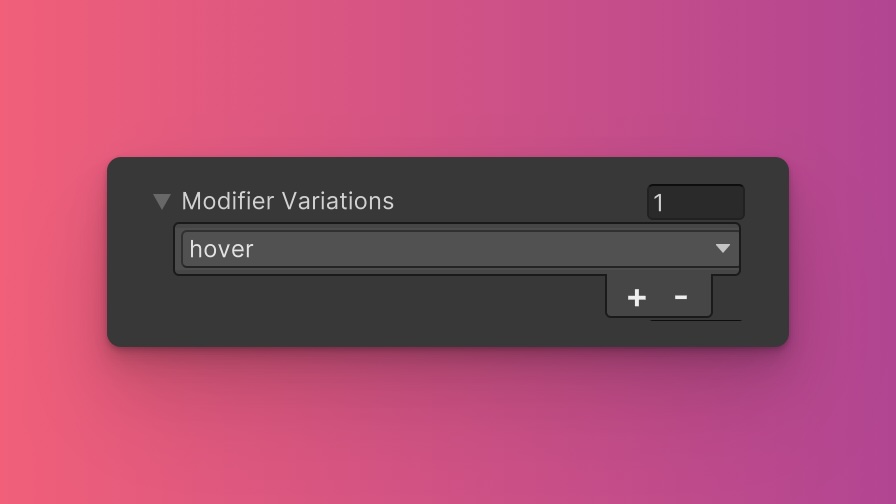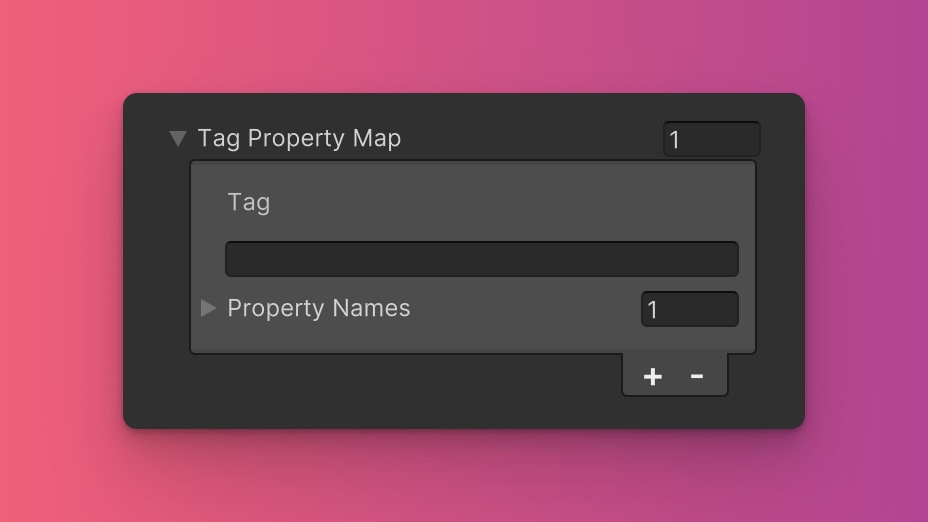Utilities
Transform
The Transform utility is crucial for applying 2D transformations to visual elements. It sets the stage for rotation, scaling, and translation adjustments, ensuring they take effect.
Utility Class | USS Properties |
|---|---|
| transform | --zb-translate-x: 0; --zb-translate-y: 0; --zb-rotate: 0; --zb-scale-x: 1; --zb-scale-y: 1; translate: var(--zb-translate-x) var(--zb-translate-y); rotate: var(--zb-rotate); scale: var(--zb-scale-x) var(--zb-scale-y); |
Enabling Transformations
To utilize transformations such as Translate , Rotate, and Scale, the transform utility class must first be applied to the element. This class prepares the element for any specified transformations without altering the layout of adjacent elements.
Basic Usage in UXML
<ui:VisualElement class="transform rotate-45">
<!-- Element with transformation capabilities enabled and rotated 45 degrees -->
</ui:VisualElement>
Once the transform class is added, you can apply specific transformation utilities to control the element's appearance and orientation.
Customize
Modifier Variations

You can customize which modifier variations of the Transform utility are generated, such as pseudo-classes (e.g., hover, focus) and custom modifiers.
Transform utility by default:- hover
- focus
By fine-tuning the utility variations, you maintain control over your stylesheet's size and complexity, ensuring that only necessary styles are included. To update these values:
- Open the Theme Config Asset: Find the asset within your Unity project.
- Navigate to the 'Utilities' Section: Locate the
Transformutility. - Adjust Modifier Variations: Select which modifiers you want to be generated for the utility. Keep in mind that the order of the modifiers will affect the order and specificity of the generated USS classes.
Class Tags and Properties

The Transform utility generates classes based on predefined tags and their associated USS properties. While we recommend keeping these defaults for consistency and ease of reference in our documentation, you have the option to customize them to suit your project's specific needs.
These values are prepended to the defined values in this format tag-{value}. If a tag is empty, the generated class will simply be the value by itself.
Here are the default tags and the USS properties they set for the Transform utility:
- No Tag : --zb-translate-x, --zb-translate-y, --zb-rotate
To customize these tags and properties, you can edit the Tag Property Map field for the Transform utility in the Theme Config asset. This allows you to define new tags or modify existing ones, thus tailoring the generated classes to your preferences.
Extending Core Fields
The Transform utility does not extend any fields from the Core section of the Theme Config asset. Before you try to extend any fields, we recommend checking Unity's documentation to verify which types of values are expected by the relevant USS properties.
To customize or define these extended fields:
- Open the Theme Config Asset: Locate the asset within your Unity project.
- Navigate to the 'Utilities' Section: Find the
Transformutility. - Customize Extend Fields: Modify or add fields in the
Extend Fieldsarray to change the core configuration values that are extended. You'll only be able to extend fields of the same type.
Disable Utility
The Transform utility is enabled by default. You can disable it by unchecking the Enabled option in the Theme Config asset. This will prevent the generation of the utility's styles.